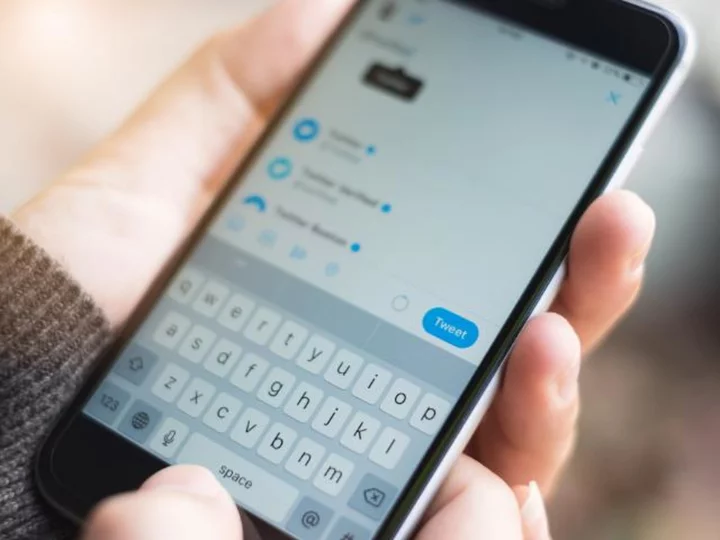
#TwitterDown: Thousands of users hit with 'rate limit exceeded' error message
Thousands of Twitter users across several countries were unable to access the social media site, or faced difficulty and delays, Saturday.
2023-07-02 01:19

Scientists discover why a huge gravity hole has opened in the Indian ocean
Scientists have found an explanation for a 'gravity hole' in the Indian Ocean. A gravity hole is an area where gravitational pull is low, causing the seafloor to sink. Deep beneath the ocean, there is one that is three million square kilometers in size and previously it has confused scientists. Now two researchers from the Indian Institute of Science, Debanjan Pal and Attreyee Ghosh, think they have solved the mystery. More than 1,000 kilometers (621 miles) beneath Earth's crust, they found cold, dense remnants of an ancient ocean plunged into a 'slab graveyard' beneath Africa some 30 million years ago, stirring up hot molten rock. Sign up to our free Indy100 weekly newsletter Pal and Ghosh retraced the formation of the massive geoid by modeling how tectonic plates skimmed over Earth's mantle for the past 140 million years. They ran simulations and compared the shape of the oceanic low those models predicted with observations of the dent itself. The models that reproduced the Indian Ocean geoid low in its current form all had one thing in common: plumes of hot, low-density magma wafting up beneath the low. These plumes, as well as a distinctive mantle structure, are what created the geoid low; if they rise high enough, Pal and Ghosh reckon. "In short, our results suggest that to match the [shape and amplitude of the] observed geoid low, plumes need to be buoyant enough to come up to mid-mantle depths," the pair wrote. The first of these plumes appeared about 20 million years ago, to the south of the Indian Ocean geoid low, and around 10 million years after the old Tethys Sea sank into the lower mantle. As the plumes spread beneath the lithosphere and inched towards the Indian peninsula, the low intensified. But more research needs to be done to work out what is really going on as not all scientists are convinced. Science is crazy. Have your say in our news democracy. Click the upvote icon at the top of the page to help raise this article through the indy100 rankings.
2023-07-01 15:48

Google hires Brazil's Temer to lobby on controversial internet bill
Google has hired Brazilian former President Michel Temer to lobby lawmakers considering a proposal to regulate the internet,
2023-07-01 05:19

Nokia renews patent license agreement with Apple
Nokia said on Friday it had signed a new long-term patent license agreement with Apple, as the current
2023-07-01 04:46
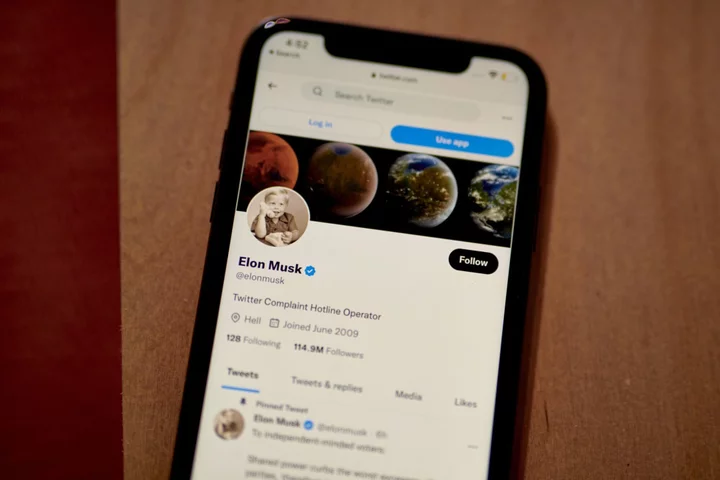
Twitter Blocks People From Seeing Tweets Unless a Registered User
Twitter is blocking people from viewing tweets and profiles on its website unless they are signed in to
2023-07-01 03:00

Twitter isn't letting users view the site without logging in
Twitter appears to be restricting access to its platform for anyone not logged into an account.
2023-07-01 02:18

Inflection AI Raises $1.3 Billion From Reid Hoffman, Bill Gates and Nvidia
Inflection AI, a startup that makes a “kind and supportive” chatbot called Pi, has raised $1.3 billion in
2023-07-01 01:17
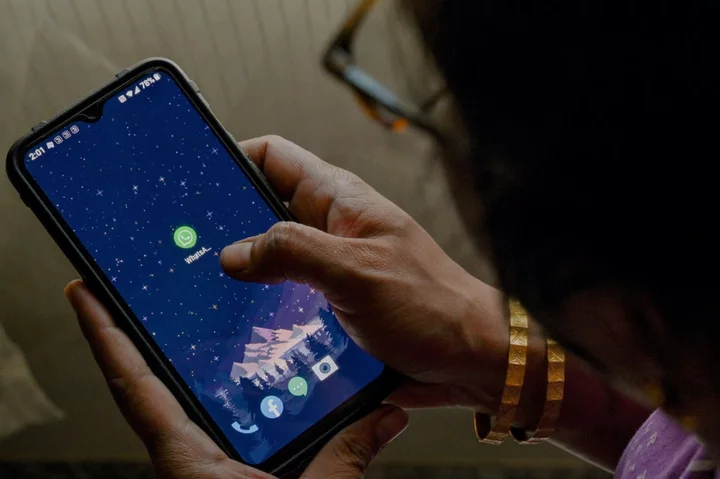
WhatsApp update: App finally launches new way to transfer chat history, fixing major security issue
WhatsApp has finally launched a private and fast way for people to transfer their chats to a new device. The change fixes one of the biggest privacy issues with using the app. Until now, it has been difficult to move chats between devices – such as when getting a new phone – and so users may have been taken in by unofficial and potentially dangerous third-party apps offering a way to do so. Now users can keep their complete chat and media history as they move it between phones, without the need to exit the app. WhatsApp said the feature was intended to be “more secure than using unofficial third party apps which lack clear privacy practices, and more private than cloud services”. It is also meant to be faster than backing up the whole chat history, and also means that big files that would usually be left out of such a backup will be kept around. The system means that two devices can be put closely, checked with a QR code and then have their data shared between two devices on the same operating system. The tool is fully encrypted, meaning that there should be no way for that data to be stolen as it moves between the phones. To use the new tool, the two devices must be in the same physical location, connected to WiFi and with location settings on. It is then activated by clicking through to the Settings on the old phone, choosing “chats” and then “chat transfer”, which will bring up a QR code that can be scanned with the new phone. All of the data should then be moved from the old phone onto the new one, without the need to back it up or use third-party tools. The change is one of a range of recent features introduced by WhatsApp, as it aims to make privacy and security a central part of its offering. Recently it added a new feature aimed at blocking “spam and scam” calls, for instance, along with other privacy changes. Read More WhatsApp launches major new feature that could end spam calls iPhone users urged to check their photo library amid fears they could be deleted How to see exactly who has looked at your TikToks
2023-07-01 00:59
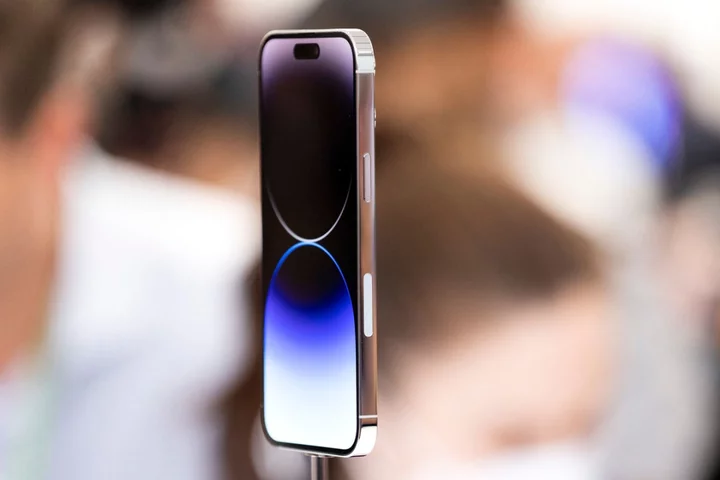
Apple Photo Stream: iPhone users urged to check their library before photos are permanently deleted
Apple is in the processing of shutting down its “Photo Stream” offering – and could be removing people’s important memories with it. As such, users of any Apple devices such as iPhones that are still using the old system have been urged to check they have saved all of their latest images to ensure that they are not lost. Apple announced recently that it would stop taking new photo uploads on 26 June. But any of the images that were uploaded before then would stick around for a further month, meaning that the images will finish on 26 July, when the system will be shut down. The images will not be removed from the original devices that took the image, and so should be safe as long as that is the case. But various people use the Photo Stream tool to move pictures between devices, meaning that they could potentially get lost. Photo Stream was launched as an early way to synchronise photos across devices. It was launched in 2011, and has been operated as part of iCloud since. It allowed iPhone users to upload their most recent 1,000 photos, taken in the last 30 days, for free. Users on Mac or Windows could have those photos then automatically download to their device, meaning that those libraries would be easily kept up to date, even with photos that were taken on another device. In the time since, however, Apple has moved towards a new offering called iCloud Photos, which uploads all pictures automatically and then keeps them in sync across any devices that are logged in. While that means there are not the same kind of limits as with the Photo Stream, it also means that users are likely to need to pay for storage and need to set up the service. As such, many people may still be using that old Photo Stream service, even as it comes to be shut down. Anyone who is might in turn lose access to those photos that are still stored in Photo Stream and are yet to be saved. Thankfully, saving them is relatively easy. Users can head into the Photos app, click on “My Photo Stream” and then choose the images that need saving and add them into the library. If users already have iCloud Photos switched on, this will be unnecessary, and photos are already being kept in sync. If not, then the feature can be turned on from within the Photos settings on recent Apple devices, which will then ensure that those photos are kept in sync across any device with the setting switched on. Read More Apple finally lets people decide how they appear in Maps listings Apple sounds alarm over new government plans Google kills its rival smart glasses to Apple Vision
2023-07-01 00:48
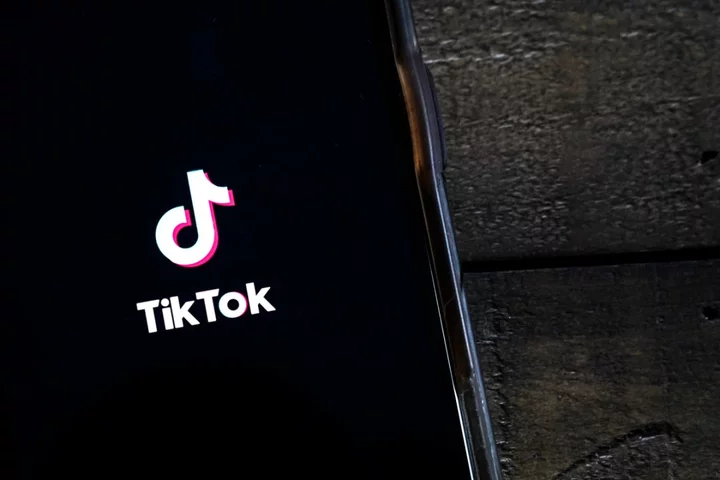
TikTok: How to see who has looked at your profile
TikTok is now letting people around the world see who has visited their profile. The feature means that users can see when a person clicked onto their account – with some restrictions. Like other platforms such as LinkedIn, it means that when a logged-in users visits a profile they will appear in a list. That list can then be seen by the owner of the account, but nobody else. TikTok has been slowly rolling out the feature for more than a year. It was initially spotted by users who saw references to it hidden in the app, before it rolled out more generally – and it is now available to everyone. But it must be manually turned on, and so the change does not mean that you will have been exposed as visiting a profile without knowing about it. It can also be switched back off when it is enabled. There are a number of limitations on the feature, which are seemingly intended to protect privacy. Users need to be at least 16 to see it, for instance, and also have fewer than 5,000 followers. But mostly importantly the tool will only work for other people who have it turned on: users can only see people who visited their profile if they too have the profile view history option turned on. In that way, it is similar to other privacy features in apps such as WhatsApp. There, for instance, users can only see read receipts and information about when a user is online if they choose to give that information away about themselves. The feature is switched on by opening the profile page, clicking the settings button in the top-right corner, and then choosing the settings option. Click on settings and privacy, then privacy, and then profile views. That will open up the page and show the people who have been on a profile in the last month or so. If it is not switched on already, then that same page will offer the option to do so. The data only starts being shown from the moment the switch is turned on, meaning that there will be no way of seeing who had visited an account before then. To switch the feature off, click on one of the notifications that the app sends when someone has viewed your profile. That will take you to the same profile views page, which includes a settings cog that can be used to switch the history tool back off again. Read More Schoolboy almost dies from swallowing magnets for TikTok challenge Woman shares honest review of New York City apartment TikTok mom slammed after making 5-year-old son run in 104 degree heat
2023-07-01 00:29
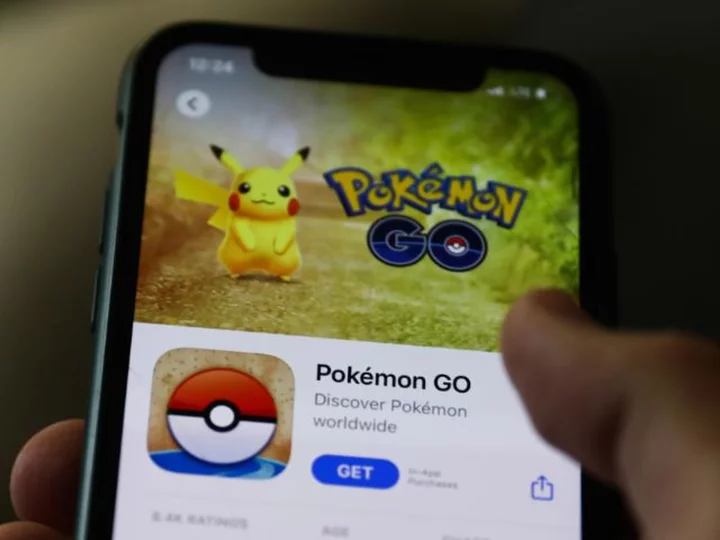
Pokemon Go maker Niantic is laying off 230 employees
Niantic, the creator of hit mobile game Pokemon Go, announced it is laying off 230 employees and reorganizing its business as it grapples with new macroeconomic uncertainty.
2023-07-01 00:18

Chipmaker TSMC says supplier targeted in cyberattack
(Reuters) -Taiwan Semiconductor Manufacturing Co said on Friday that a cybersecurity incident involving one of its IT hardware suppliers has
2023-06-30 23:59
